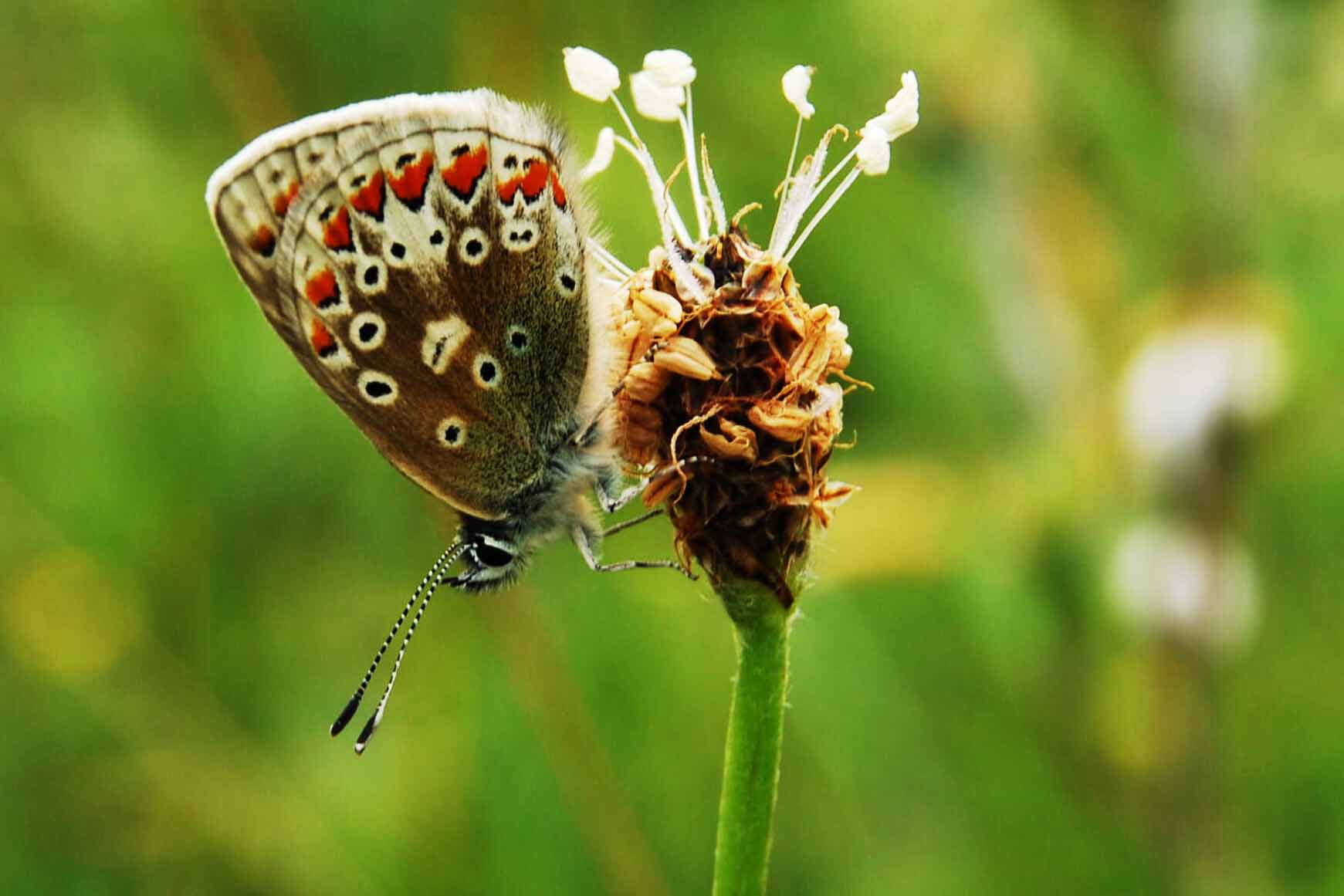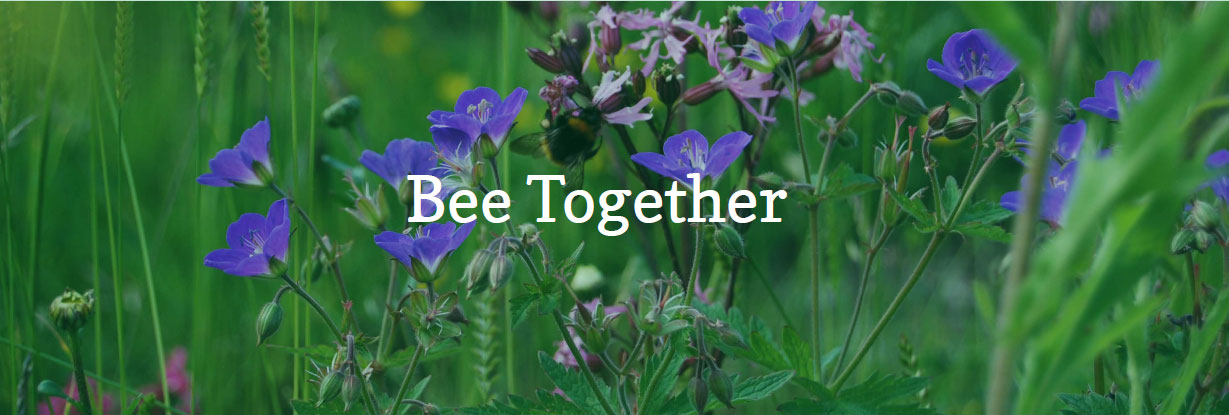
60% of bees and other pollinators are in decline according to the 2016 State of Nature report. The most significant reason for this decline is the loss of wildflower-rich habitats.
To protect our pollinators we need practical action to tackle habitat loss.
Yorkshire Dales Millennium Trust works with farmers, landowners and communities, over the long term, to enhance the mosaic of habitats in the Yorkshire Dales and nearby areas. By restoring a vital part of this mosaic - the wildflower-rich meadows - we will not only support pollinators, but the whole community of plants and animals they are part of.
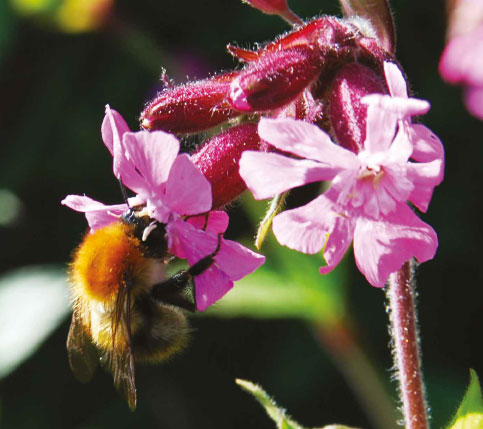
Why protect pollinators?
Bees face a wide range of threats, from toxic pesticides to climate change, however the most significant reason for their decline is the loss of wildflower-rich habitats.
- Half of our 25 bumblebee species are in decline
- Three of these bumblebee species have already gone extinct
- 60% of our moths and 71% of our butterflies are in long term decline
Declining pollinator populations is bad news for wildlife and people, with a third of the food we eat dependent on pollinating insects. If bees are in trouble, so are we.
Why meadows matter
Meadows cover just 1% of land in the UK but can be home to thousands of species of pollinators and other insects.
Through our field-scale meadow restoration work YDMT aims to improve the nature conservation value and extent of our hay meadows and wildflower-rich habitats in the Yorkshire Dales National Park and the Forest of Bowland AONB. Work to date has seen 850 hectares (that's just over 3 square miles!) of degraded meadow on the road to being restored. Read more about meadow restoration.
We also know that small, wildflower-rich sites such as school grounds, village greens, road verges, churchyards and train stations provide important ‘stepping-stones’ for pollinators and are vital parts of the habitat mosaic in the Dales. That's why we provide opportunities for community groups to create and care for their local wildflower areas, and learn about the importance of wildflower habitats. Sites are carefully chosen for their conservation significance, accessibility and legacy potential.
We're also exploring other opportunities to support the creation and enhancement of wildflower sites in communities and at field scale, through developing a wildflower nursery.
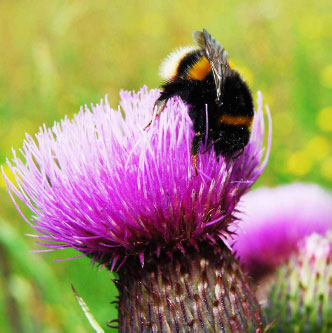
Help save our bees
With your support we can reverse the decline of bees by creating more of the wildflower-rich habitats they depend on for survival.
We've created 850 hectares (that's just over 3 square miles!) of wildflower meadow. Help us make more!
Community Conservation
With the help of hundreds of amazing volunteers, we have recorded 21,663 bumblebees of 12 different species across the Yorkshire Dales and Forest of Bowland since 2014 as part of the Bumblebee Conservation Trust’s national BeeWalk initiative!
Every Spring/Summer, we carry out bee transect surveys to help monitor populations of bees in the Forest of Bowland and Yorkshire Dales, and we will also soon be launching bumblebee ID training!
If you are interested in getting involved, or for more information, please contact Carol Edmondson carol.edmonson@lancashire.gov.uk.
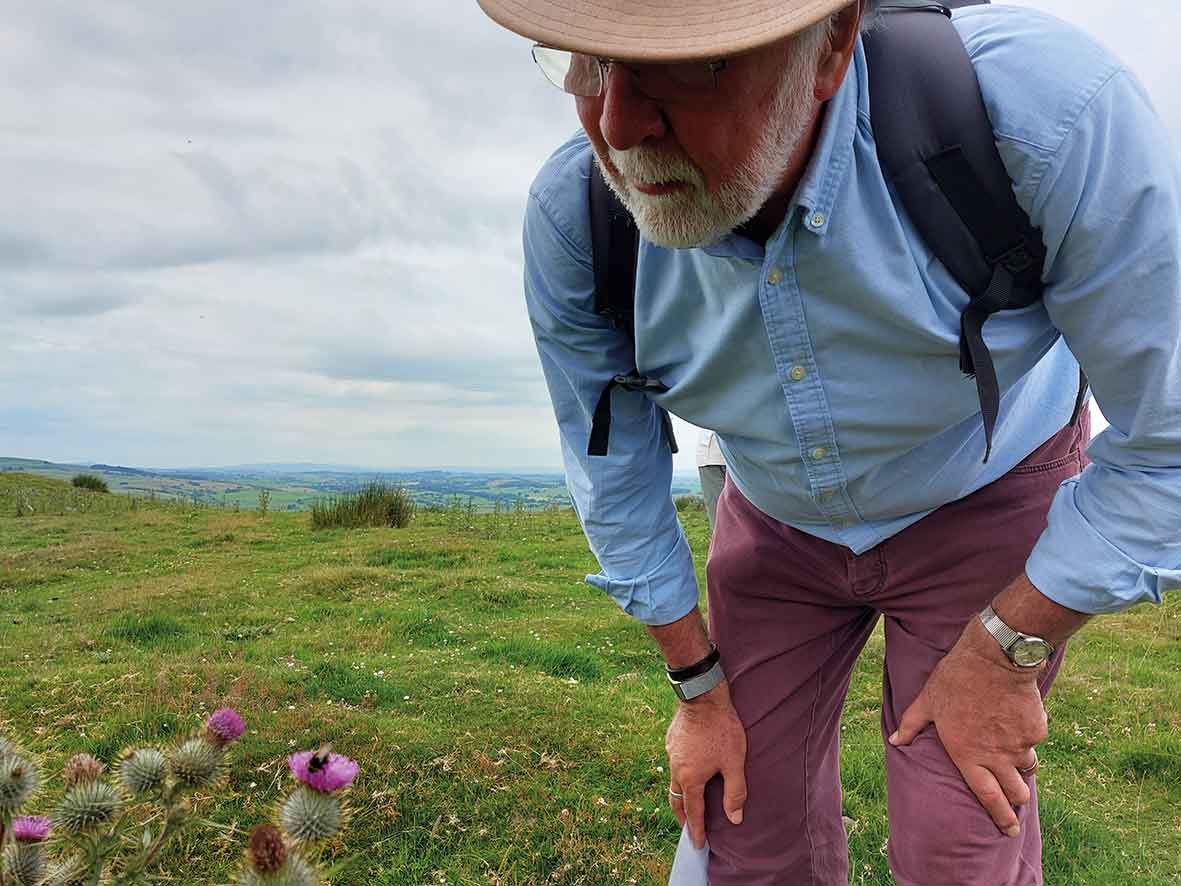
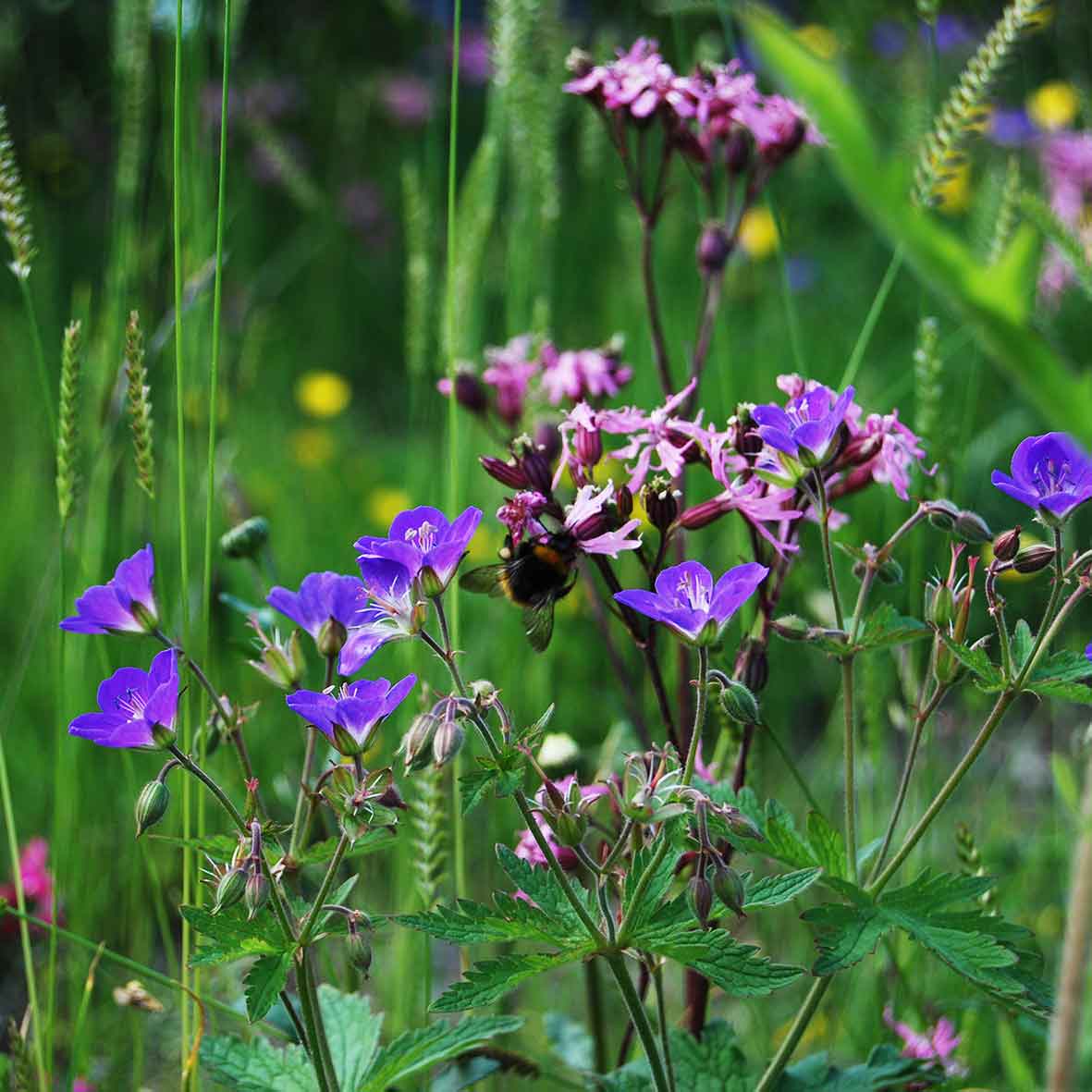
Partners in conservation
Working in partnership with others is more critical than ever in the face of unprecedented threats to our wildlife and ecosystems.
As well as working with communities in and around the Dales our aim is to reach a wider audience through our engagement, education and conservation work, empowering people to take action for pollinators everywhere.
That includes a programme of workshops and training (online and in the field) in pollinator identification, meadow creation and management, as well as surveying, plug planting sessions and much more. Visit our Events page for upcoming courses (usually in spring and summer).
Act now for pollinators

